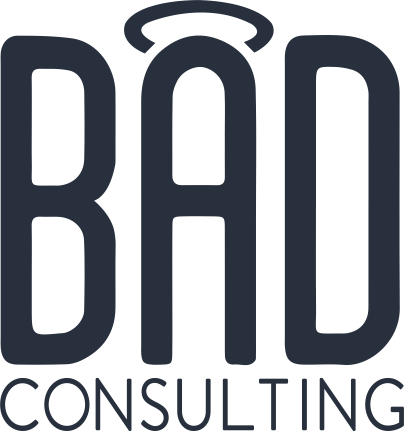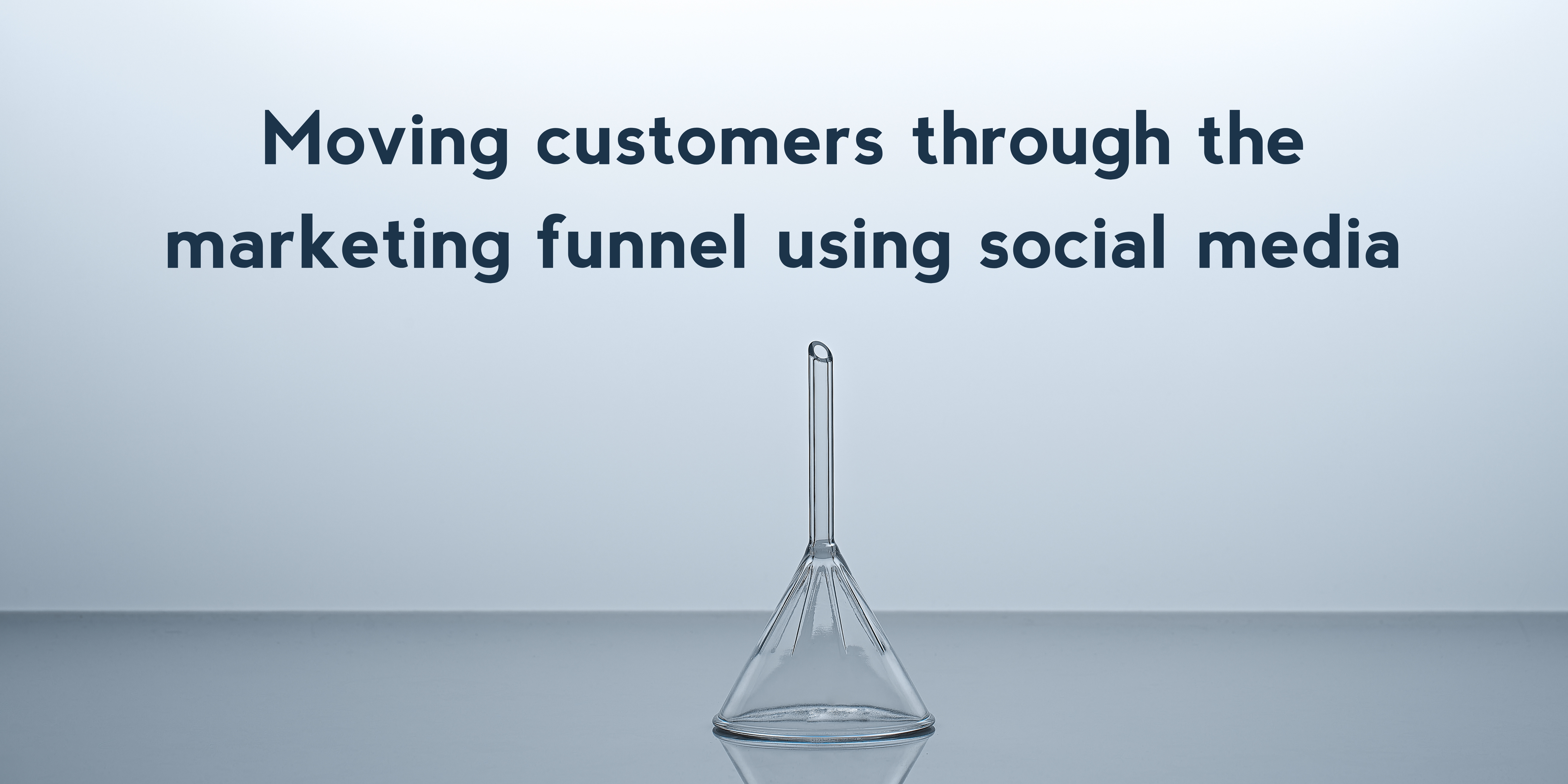The marketing funnel seems to have been thrown away lately in favor of spraying content everywhere and praying that it works. I have theories about why some of these fundamentals are going away, but that could be a blog post of its own.
The fact is that marketing fundamentals still work on social media. And finding a potential customer, turning them into an actual customer and then getting them to be an ambassador is still a phenomenal journey to embark on. Some of my proudest career moments have been when I’ve gotten someone through that funnel and knowing that I’ve created a fantastic long-term relationship for my client. Because customers are great, but people will scream from the rooftops about why they love your business are absolute gold.
So what does a modern funnel for social media look like? Let’s talk about it.
Awareness
The first step of the funnel is Awareness. To be able to buy from you, potential customers have to know you exist.
In the past, the tactics that have belonged here have included ads and SEO. But that has changed with the introduction of algorithms. Nowadays, great sharable content that connects with your audience and those you would like to be a part of your audience.
Think about how many times you’ve scrolled through a million scrolls. And then if you are anything like me, think of how many times you have sent those you liked to your friends and family. How many of those reels were from accounts you actually followed? They were probably in the minority. The algorithm looks at what you are watching all the way through and what you are sharing. It then serves you more content that looks like what you have already interacted with.
So if you are creating content that connects with your audience and they share it, social networks are more likely to share it with those who will like it. Starting off with identifying who you would like to be doing business with and creating content for that audience is a great place to start. This can be more fun, as you are just trying to get their attention. And of course, ads and SEO can support that.
Consideration
The next step of the funnel is where decision making occurs. This content is a little more specific, but it still needs to connect with your audience.
In this stage of the funnel, you are looking at your audience’s pain points. How do you make your customer’s life easier? Why is your service better? If you come out and bat this kind of information at their faces, they are not going to respond to it. It will feel like an assault rather than a conversation. And above all else, social media is a conversation.
So how do we give your audience this information without assaulting them? This is where great storytelling comes into play.
Constantly collect the stories of when your company has done well. Provide opportunities for your customers to give them to you in the form that works for them. Buyers consume content in all kinds of ways, so be careful to not stick solely to video or static images or something else. And don’t overly craft these stories. People are more likely to connect with them if it sounds like it’s coming directly from someone who is like them. By meddling with these stories too much, you are starting to make it sound like you, and you’re just not as relatable since you are trying to get their buy-in.
Conversion
Buying is obviously a huge goal, although I would argue that it’s not the ultimate goal. But some organizations make it really hard to do. So for this content, you need to work on making it easy to buy.
List out the different ways people can work with you. Make donating take as few clicks as possible. Regularly link to how to buy from you in blog posts. Share how to sign up for your email lists. And so on and so on.
Should you do this every day like some accounts? Absolutely not. Think about it like a conversation. If you keep dropping that you’re selling stuff, the person will turn and walk away. But if you don’t mention it at all, you’ll lose out on a potential sale. So maybe you drop it in once during the conversation. What that one time equates to in social media land varies from brand to brand. For example, a store or restaurant can obviously mention what they’re selling more frequently. They have larger inventory and more points of conversation because of that. A nonprofit, on the other hand, doesn’t get as many chances to openly sell. They don’t have as much to “sell” so every ask has to be super focused and extremely easy to do or those sales won’t happen.
Loyalty
Now we’re onto more interesting and often forgot about content from the funnel. What can you do to make your audience loyal to you?
Community management is a big part of this. Responding to fan questions and making sure everyone in your audience is really well taken care of.
The other part of that is creating content around how to use your resources in interesting ways. This is where great storytelling can once again come into play. Ask your fans about how they use your resources and share those stories regularly. Even it’s something obvious, someone likely doesn’t know about the resource or how to use it. So go ahead and share the obvious.
And then just be all around helpful and grateful on your social media. I once had someone call my client’s social media the most polite thing they’ve ever seen online. Their response was, “Is that an insult?” Knowing the person, I knew it wasn’t, but it still gave me a chuckle that being polite could be considered an insult. In reality, it built a lot of trust with our community that I continually thanked them. They knew it came from a real place of gratitude. So they’d consistently try to get me their content and were very loyal. (I have a great story about fans trying to show up to meet me at their offices because they wanted to buy me a beer.) Just coming from that grateful place was enough to create the most loyal fans I had ever met.
Advocacy
This is where content gets really fun in the funnel. You’re working with the tiniest amount of people, because they’re the ones who have gone through the entire funnel! These are your loyal fans! Yay! More exclamation points!
The first step is identifying who needs to get this kind of content. If you have a larger group to draw from, you can identify those with audiences you would like to receive your messages. Don’t be fooled by large followings or tons of engagement. Between buying followers and engagement circles among influencers, those numbers can’t be trusted. Look solely at who their audience is and whether they really can inspire their fans to action. If you don’t have a large pool to draw from, you may want to just let people self-identify.
Then you focus on creating content they want to share. This is a little different than content you hope they will share when you post it. It’s more in the realm of a toolbox that they can pick from. It should have images, videos and suggested captions. Leave plenty of open space so they can share their own story, but also fill in the blanks so they don’t have to if they don’t want to.
Finally, you have to distribute this content. Email is usually the preferred method, but Facebook now has Broadcast Channels. I think these are ideal for this kind of work because you are less likely to get buried. You can give fans who want to be a part of this something to do weekly, and it won’t to interfere with your goals on the page. Wherever you choose to do it, meet them where they are, not where you are.
Conclusion
This is a HUGE topic that I tried to distill into a simple blog post, so there is a lot missing. But just know that if you are struggling with content, the funnel will always be your friend. It will give you great active options, and help you move away from reactive social media. Just trust it and give it a try. You will be heavily rewarded.
How have you used the marketing funnel to create big wins for your organization?

